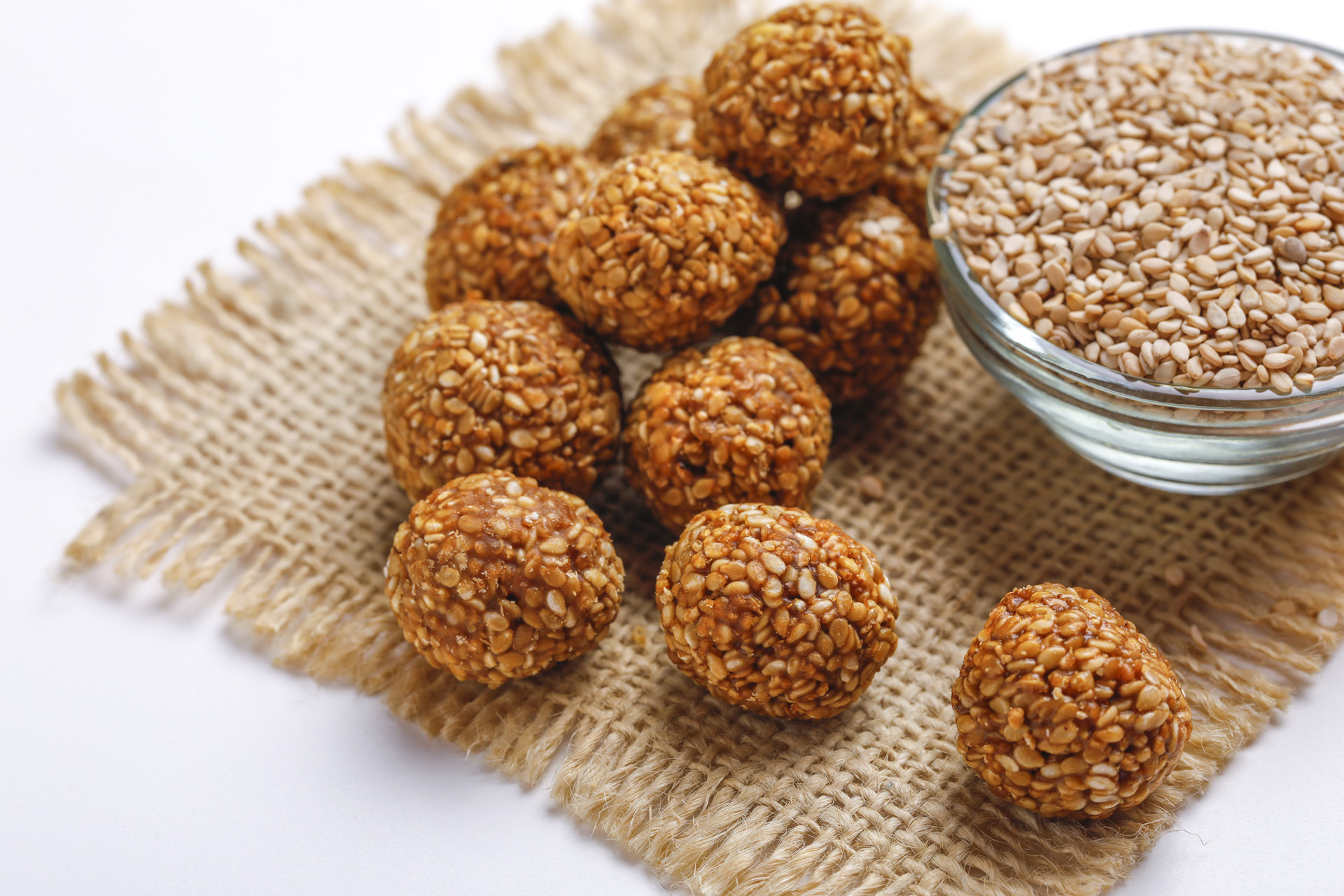Come 14th of January, Indian skies transform into multiple hues of red, green, yellow, pink, and magenta…Little paper birds or as we popularly call kites, fill the azure skies with cheer, hope and frolic. Rooftops become a site of gaity where flying kites stand not only for a playful pastime but becomes a symbol of celestial movements, of marking the end of a month in the Hindu calendar, known in popular parlance as Sankranti.
The term Sankranti denotes the movement of the sun from one zodiac to another. In a year, there are a total of twelve Sankrantis. The 14th of January marks the transition of the sun into the constellation of the zodiac of Capricorn, known otherwise as Makara which is why it goes by the popular name of Makara Sankranti. This day also marks the beginning of the six month orbit known as Uttarayana, a day when the sun begins its northward journey. It usually falls on the 14th of January every year, though at times, it may fall on the 15th. Whatever be the date, the beauty of this day reveals itself in the myriad ways it plays out in the regions across India, through customs, rituals and of course food. No wonder, it has acquired the status of a festival!
One of the most enduring images of this festival is the epic Kumbh Mela, with its countless multitude of devotees, semi-clad to naked monks, fortune-tellers, the ceaseless flow of the holy Ganga, the iconic sunrise, all contributing towards raising the “exotic” quotient of India to grand heights. The Kumbh Mela has its cousins as well; the GangaSagar and the Magha Mela. Apart from these melas of epic proportions, the festival of Makara Sankranti is observed by households across the length and breadth of the country; but goes by different names along with differing practices. While in Tamil Nadu it goes by the name of Thai Pongal, in Bengal it is referred to as Poush Sankranti; Assamese call it Bhogali Bihu and parts of Northern India call it Maghi; in Karnataka it is known as Makara Sankranama while in Gujarat it goes by the name of Uttarayana. And if you thought it is only celebrated within India, you couldn’t be more further from the truth. It has crossed cartographic boundaries to be celebrated in Thailand, Cambodia, Myanmar and Nepal.
Now that we know what Sankranti stands for in terms of astronomy, wonder what its cultural significance could be, considering its vast popularity. Legend has it that Bhishma of Mahabharat fame who had the divine gift of choosing his time of death, chose to die on this particular day. It was, therefore, believed that those who died on the day of Sankranti, achieved salvation or moksha. No wonder then, amongst many communities, family members offer prayers to their ancestors, perform rituals for their well-being, take a dip in the holy waters and distribute food. In Maharashtra, this day marks the defeat of a demon Sankarasur by devi Sankranti. In honour of the goddess, married women have a ritual of haldi:kumkum, (applying turmeric and vermilion powder) symbolizing prosperity and fertility. In other parts, Sankranti is hailed as a harvest festival, often celebrated through an elaborate feast and the making of some special foods. In fact, it is this focus on food that binds all the differences together. Whatever be the religious significance behind the rationale of such a festival, the emphasis on food is what serves as a unifying factor, across communities and regions. This does not mean, however, that the foods prepared are all the same. The culinary practices differ but the importance of food is common to all.

Sesame-seeds or til and jaggery seem to be two ingredients common to most culinary preparations across India during Sankranti. Sweet meats like barfi, laddoo and gajak made of sesame-seeds are some of the most sought after delicacies. A combination of jaggery and peanuts are often used to make a popular sweet snack called chikki. In some parts, the day is observed by preparing a porridge of rice and lentils, also known as khichdi or pongal. The latter is especially made in the Southern state of Tamil Nadu and usually has a sweet version with the addition of jaggery. It must be noted that the presence or use of jaggery and sesame-seeds, two of the most common ingredients found in the foods of makara sankranti, across India, is hardly a coincidence. Both these ingredients have properties that make winters bearable. Sesame-seeds are known to produce body heat, apart from carrying a plethora of nutritional properties. And jaggery is a source of energy, not instant but gradual since it’s a complex carbohydrate. And a combination of both is a sure recipe to keep winter at bay.
So here is a recipe of the famous til laddoo, popular in almost all regions across the country. The combination of sesame-seeds cooked in a gooey mixture of warm jaggery stirs up a divine concoction of sweetness, energy and fulfillment.
Ingredients:
- 1 cup white sesame-seeds
- 1 ¼ cups jaggery
- 1 tbsp ghee
- ½ tsp cardamom powder (optional)
Dry roast sesame-seeds on medium heat till the colour changes to light brown. Remove from fire and keep aside. Meanwhile, take a heavy bottomed pan or kadai or wok, pour the crushed jaggery and keep stirring on low flame till it changes colour and becomes gooey. It is important to keep stirring at this stage or else the jaggery mixture may start to burn. During the course of stirring, add the ghee and continue for a couple of minutes more. Once done, remove from heat and add the sesame-seeds to the jaggery. For those using cardamom powder, it may be added just before removing the jaggery from fire. Mix well and transfer the mixture into a greased bowl. While still warm, wet the palms of your hand, take a little bit of the mixture and roll into tiny round balls. Once cool, transfer the laddoos into an air-tight jar, relish these potent energy bombs and bask in the chill of winter.
Happy Sankranti…
This article was first published in ourfrontcover.com

